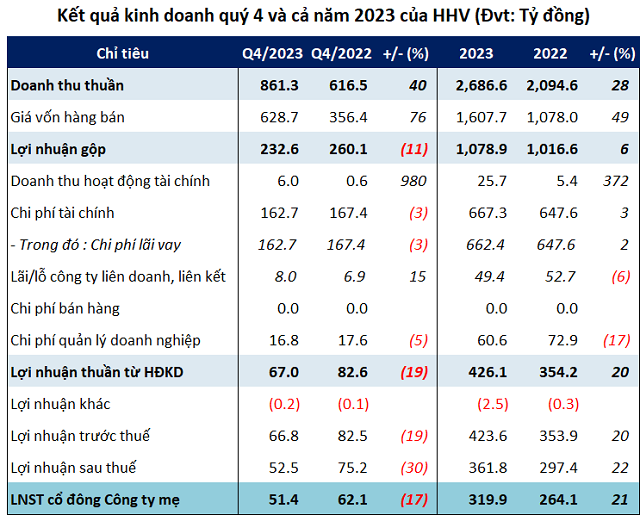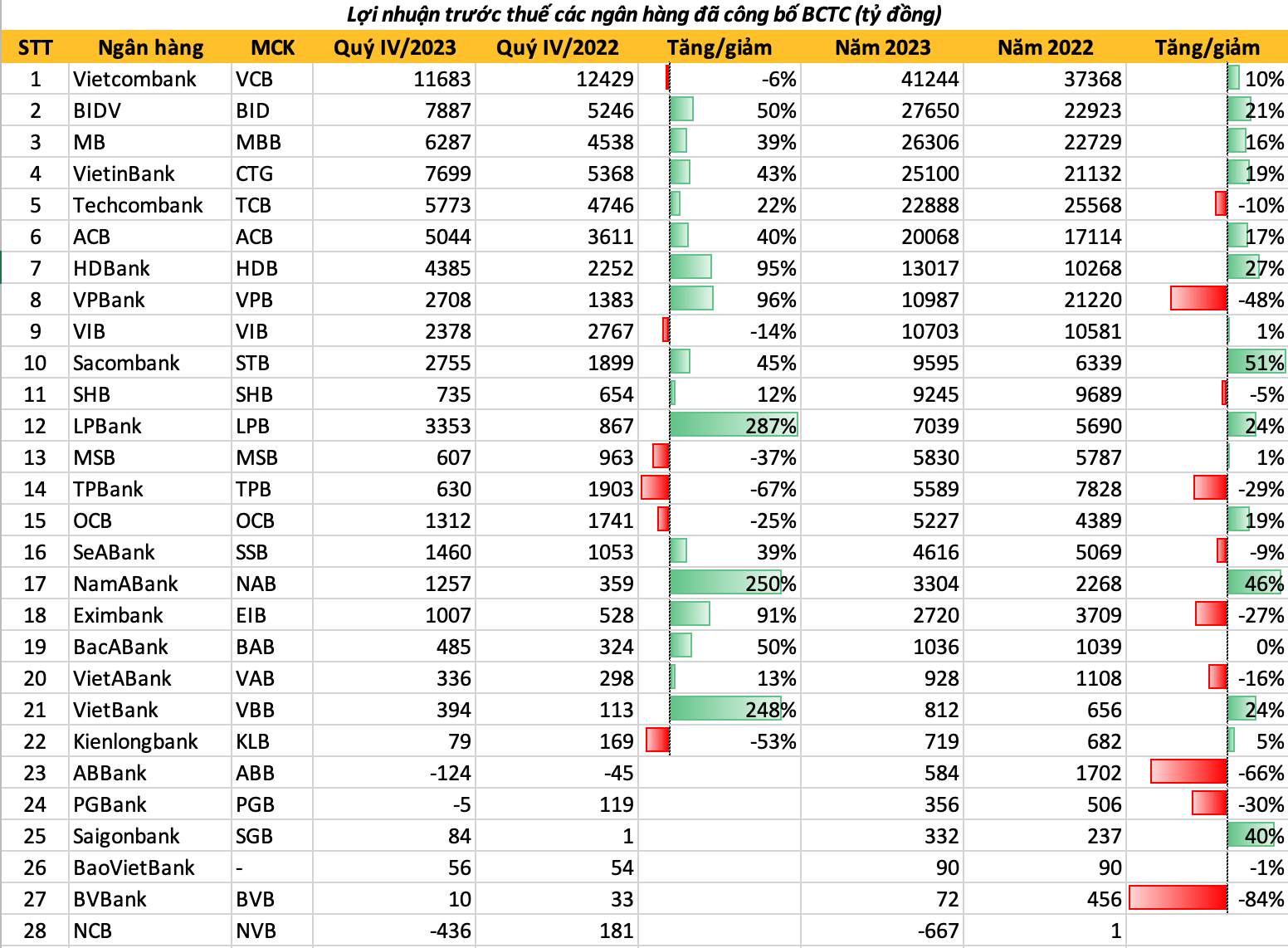According to the Ministry of Industry and Trade, Vietnam is one of the world’s three largest rice exporters, accounting for about 15% of the global rice export volume. Therefore, any changes in policy, fluctuations in supply and demand, and price trends of rice-consuming countries around the world directly affect the Vietnamese rice industry.
The Philippines is the largest rice export market for Vietnam. Vietnam’s Commercial Attaché in the Philippines, Phung Van Thanh, said that in 2024, the demand for rice imports in this market is still high, estimated at about 3.5 to 3.8 million tons, and could even reach 4 million tons. Therefore, the Vietnam Trade Office in the Philippines has proposed that domestic rice exporters, in addition to seizing new opportunities in new markets, must always pay attention to ensuring Vietnam’s position as the number one rice supplier in the Philippines. “Because Thailand is also trying to increase its production and export market share of rice to the Philippines and compete with Vietnamese rice,” warned Mr. Thanh.
Regarding the Indonesian market, Mr. Pham The Cuong, Vietnam’s Commercial Attaché in this country, said that the Indonesian Government has decided to import 3.6 million tons of rice in 2024, an increase of 1.6 million tons compared to the initial estimate. Therefore, the Indonesian Government will soon open bids to purchase more rice, in addition to the bidding round to purchase 500,000 tons of rice on January 17, 2024 (in which Vietnamese rice businesses won the bid to supply over 300,000 tons). “Vietnamese businesses need to closely monitor market information and seize opportunities to export rice to this market in the early months of the year,” recommended the Vietnam Trade Office in Indonesia.

Rice export warehouse in the Mekong Delta. Photo: NGOC TRINH
As for the Chinese market, the annual rice consumption demand reaches 150 million tons. Mr. Nong Duc Lai, Vietnam’s Commercial Attaché in China, said that in 2024, China is likely to increase rice imports to regulate a balance between imports and production in order to ensure food security.
In addition to opportunities, commercial attachés also point out some challenges for Vietnam’s rice industry. Mr. Phung Van Thanh mentioned a story when he conducted a survey at major supermarket chains in the Philippines. All rice from Thailand and Japan had very big and beautiful brand names printed on the packaging, while Vietnamese rice packaging could not be found with its origin. “Why does Vietnamese rice exported to the Philippines in large quantities seem not to have confident labeling like that of Japan or Thailand?” Mr. Thanh wondered.
Ms. Phan Thi Nga, First Secretary of the Vietnam Trade Office in the Netherlands, said that this market is a gateway to distribute goods to European countries. However, in fact, Vietnamese rice has not yet been able to access the large retail distribution chains of the Netherlands, mainly sold in Asian supermarkets. “Some consumers in this country have reflected that they used to buy Vietnamese rice but after a period of use, they found the quality unstable, and the price high, so they switched to using Thai or Cambodian rice,” Ms. Nga informed.
The Vietnam Trade Office in the Netherlands advised Vietnamese businesses to comply with food safety regulations of the Dutch market, ensure quality, maintain fragrance and softness for one year, and participate in international exhibitions and fairs to promote their image.
Meanwhile, Mr. Nguyen Ngoc Nam, Chairman of the Vietnam Food Association, suggested that the Ministry of Industry and Trade strengthen information dissemination on export data to facilitate the balance of supply and demand for rice-related parties. Also, research and negotiation of preferential trade agreements with some potential export markets, taking advantage of the ongoing review process of agreements already in effect to propose increasing quotas for Vietnam.





































